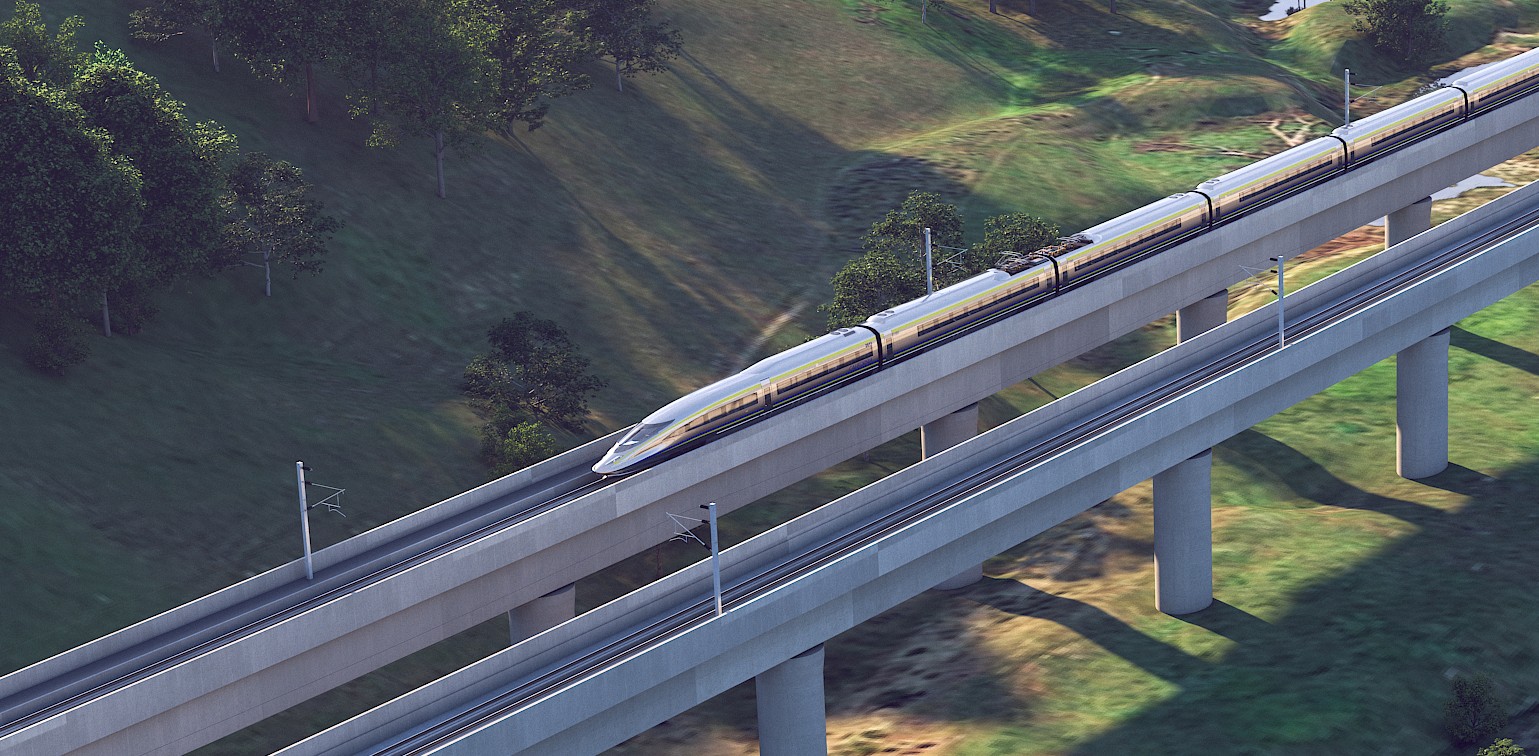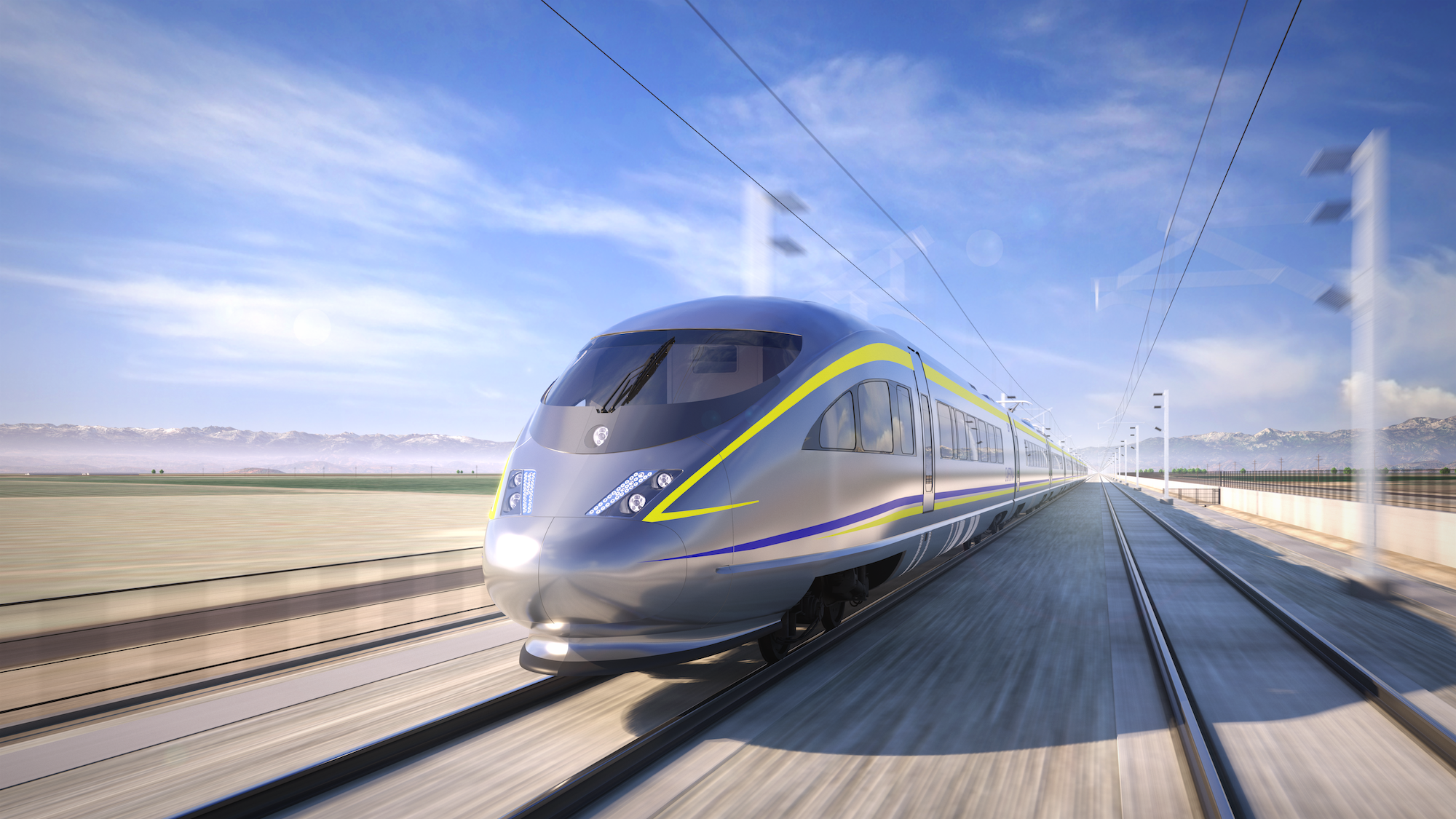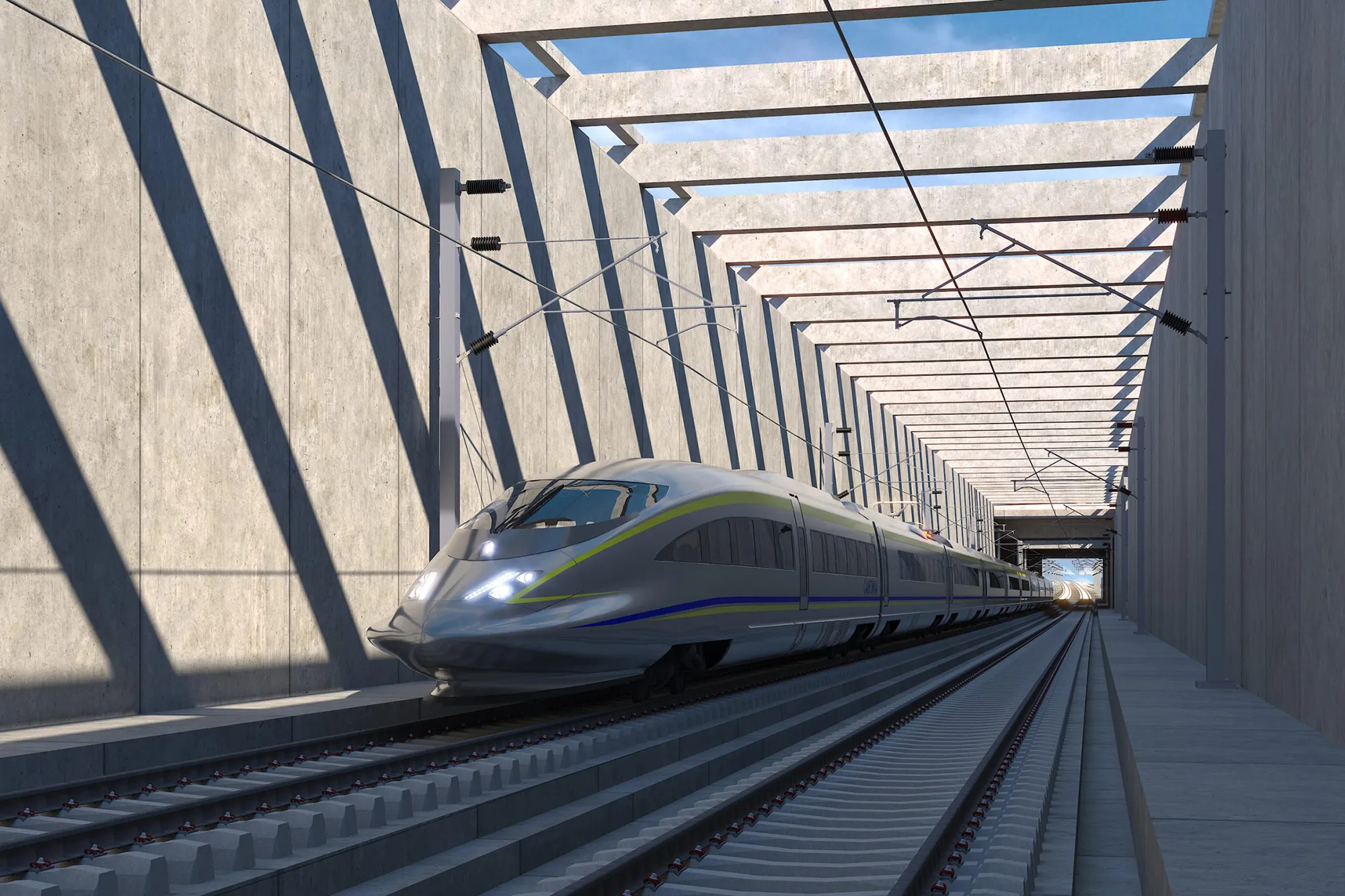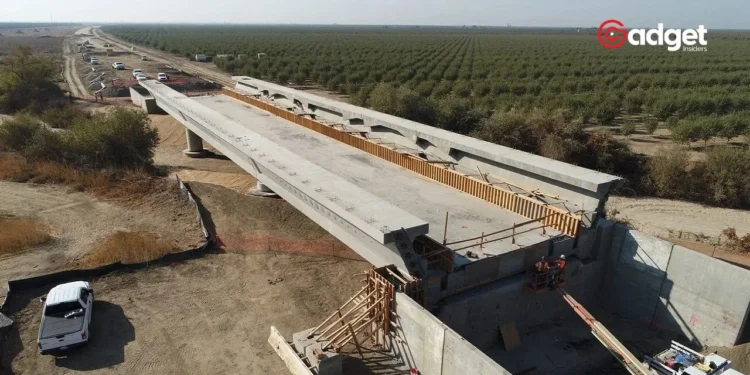California’s ambitious high-speed rail project has hit yet another snag, drawing sharp criticism and outright mockery from high-profile figures like Elon Musk and Billy Markus, as well as from the public at large. The focal point of the controversy is a costly bridge that, despite a $11 billion price tag and nearly a decade of construction, appears to lead nowhere. This development adds another chapter to the troubled narrative of California’s attempt to establish a high-speed rail line between San Francisco and Los Angeles.

A Monumental Misstep?
The California High Speed Rail Authority recently celebrated the completion of the Fresno River Viaduct, a structure that spans approximately 1,600 feet. Although it stands as a completed segment of the intended high-speed rail corridor, the bridge’s isolation from currently operational transport networks has turned it into a symbol of governmental excess and mismanagement. Critics have been quick to point out the disparity between the investment of time and money and the project’s tangible benefits.

Billy Markus, the creator of Dogecoin, who whimsically uses the pseudonym “Shibetoshi Nakamoto,” sarcastically hailed the project on social media platform X: “This is the most remarkable human achievement ever. 1600 feet of high speed rail after 9 years and 11 billion dollars—it takes about 5 minutes to walk 1600 feet so a high-speed rail for that is a really big deal. California is so competent.” His scathing sarcasm underscores the frustration felt by many observers.
Silicon Valley’s Reactions
Elon Musk, the founder of Tesla and a vocal proponent of innovative transportation technologies like Hyperloop, conveyed his dismay more succinctly. Musk responded to the news with a sad, crying emoji, a minimalistic yet powerful indicator of his stance on the project’s developments.
The project, initially celebrated for its potential to revolutionize inter-city travel in California, has been fraught with financial and logistical challenges. The total cost of completing the entire rail line is now estimated at around $100 billion, according to some reports. Critics argue that the project, which was meant to enhance connectivity between major urban centers while reducing travel time and environmental impact, has so far failed to justify its exorbitant cost.
California's "high speed" rail project is the biggest boondoggle in U.S. history.
This level of ineptitude is a warning to the nation. Besides that, it's just an embarrassment. pic.twitter.com/W6W3DV0Ix4
— Kevin Kiley (@KevinKileyCA) May 5, 2024
A Bridge Too Far?
The Fresno River Viaduct, located in Madera County, is part of the rail system’s first phase, which plans to connect Bakersfield north of Los Angeles to Merced, about 80 miles from the Bay Area. While the Rail Authority maintains that the viaduct is a significant step forward, noting that “high-speed trains will travel over the riverbed and will run parallel with the BNSF Railroad,” the lack of immediate utility has turned public perception against the initiative.
Venture Capitalist Patrick Blumenthal echoed this sentiment, suggesting that the Rail Authority should “refrain from self-praise.” He shared a detailed breakdown highlighting the significant lack of progress in bringing the rail-line to fruition, further fueling the debate on the viability and management of this high-stakes infrastructure project.

Looking Forward
As the California High Speed Rail Authority continues to navigate the storm of criticism, the future of this ambitious project remains uncertain. With billions already sunk into the project, the state faces tough decisions about how to proceed, balancing fiscal responsibility with the potential benefits of a completed high-speed rail system.
The unfolding story of California’s high-speed rail project serves as a cautionary tale about the complexities of large-scale infrastructure projects and the consequences of poor planning and execution. As more eyes turn to this “bridge to nowhere,” the pressure mounts for state officials and stakeholders to find a way to salvage their vision without further draining public resources.










